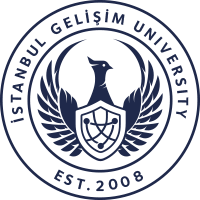
For your satisfaction and suggestions
İGÜMER
About the Seminar
Pure tone audiometry is one of the most widely used and highly reliable methods for evaluating hearing loss worldwide. This method determines an individual’s hearing thresholds and reveals the presence, degree, and type of hearing loss. In the seminar, the procedural steps of these tests, which hold significant importance in clinical audiology, were discussed in detail.
The seminar began with an explanation of the basic structure and physiology of the auditory system, providing participants with the scientific foundations underlying audiometric measurements. The characteristics of pure tone stimuli, the frequency ranges used in the test, air and bone conduction thresholds, speech audiometry, and the importance of masked measurements were then emphasized. Additionally, by examining audiometric configurations, the question “What types of audiograms are observed in which diseases?” was clarified. Thus, participants had the opportunity to not only learn the application of the test but also understand the theoretical principles behind it.
In the practical session of the seminar, topics such as device preparation, ensuring the test environment meets standards, adherence to protocols, and the importance of patient instruction were covered in detail. Furthermore, examples were provided to illustrate how incorrect applications can affect results and what should be considered to ensure reliability.
In the section on interpreting results, systematic analysis of audiograms, identification of the type and degree of hearing loss, their significance in clinical diagnosis, and their use in reporting were elaborated upon. It was highlighted that accurate identification of hearing loss plays a critical role not only in treatment planning but also in legal processes.
Gains for the Participants
By the end of the seminar, participants gained valuable skills in performing pure tone audiometry, accurately interpreting audiograms, and distinguishing the type and degree of hearing loss. They also acquired comprehensive knowledge about the role of this test in clinical assessments and its indispensable use in reporting. In addition, they were informed about rehabilitation approaches recommended following clinical diagnosis, hearing aid applications, and which medical and surgical interventions are preferred for which patient groups and by which methods.